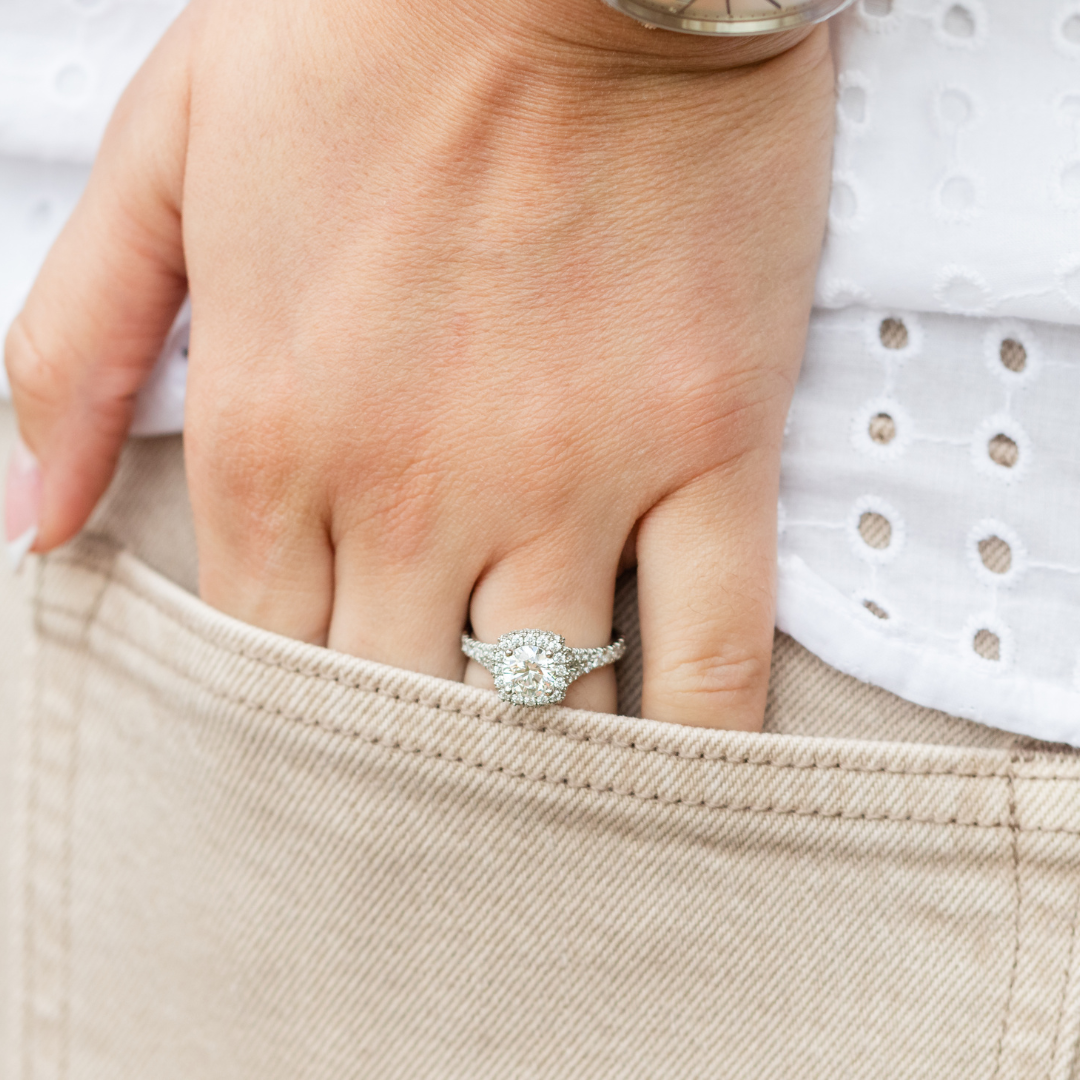
Born into the platinum family, rhodium is a silvery-white metal that is more durable than gold, hypoallergenic, and does not tarnish. Rhodium holds the distinction of being one of the most expensive precious metals in the world. For these reasons, rhodium makes the ideal metal with which to plate jewelry as it strengthens the jewelry’s durability, adds luster and sheen, while also acting as a protectant against allergies. With so many people allergic to nickel, rhodium plating has increased in popularity over the years. Keep reading to find out more about the plating process, its benefits, and downsides.

The Plating Process
There are two processes used to plate metal: electrical and chemical. Also known as dipping or flashing, it requires a kit of four vessels – two for holding distilled water to rinse and two that contain the chemicals required for actual plating. It is imperative that the jewelry is thoroughly cleaned, either by steam or electro-cleaning, sometimes both, before trying to adhere anything to its surface. After rinsing, the piece is dipped into the plating mixture, a combination of sulfuric acid and rhodium sulfate, for thirty to sixty seconds, contingent upon how delicate the piece is. While suspended on a conductive hook, typically silver or copper, the piece remains in the plating liquid while a positive electrical current is applied. This is to ensure the rhodium properly “plates” the metal. The piece is rinsed one more time in water before being left to dry.
The Benefits
As previously mentioned, rhodium is great for making metals wearable because it protects the skin against allergies to nickel and other alloys. Not only does it give the jewelry more shimmer and shine, making it optimal for plating engagement rings or weddings bands, but it also adds that extra bit of durability designed to help your piece last. Even the thinnest layer of plating can brighten up a piece of jewelry and is a great option if you’re looking for more affordability. If you love that dramatic old-world charm in jewelry, go for black rhodium plating: jewelers add a bit of black ink to the process, giving the jewelry a vintage look.
The Downside
While rhodium plating will increase the shine and durability of your jewelry, at the end of the day, it’s still just that: plating. Although it will not tarnish, it does wear off over time and how quickly will depend on how much wear and tear the jewelry takes. Body chemistry, perfumes, and cosmetics can also affect how quickly the plating wears out. You can extend the lifespan of rhodium-plated pieces by removing them or wearing gloves when working with harsh chemicals, going swimming, or applying makeup and fragrances. Still, plan on having your jewelry re-plated every few years. The good news is most jewelers offer periodic rhodium plating with the purchase of your jewelry or as an extended warranty. If rhodium-plated jewelry is for you, be sure to check your jeweler’s policy.
Visit Schiffman's Jewelers at one of our Greensboro or Winston-Salem locations to explore our wide selection of diamond engagement rings! We would be happy to help you find the perfect piece for you and your significant other!

